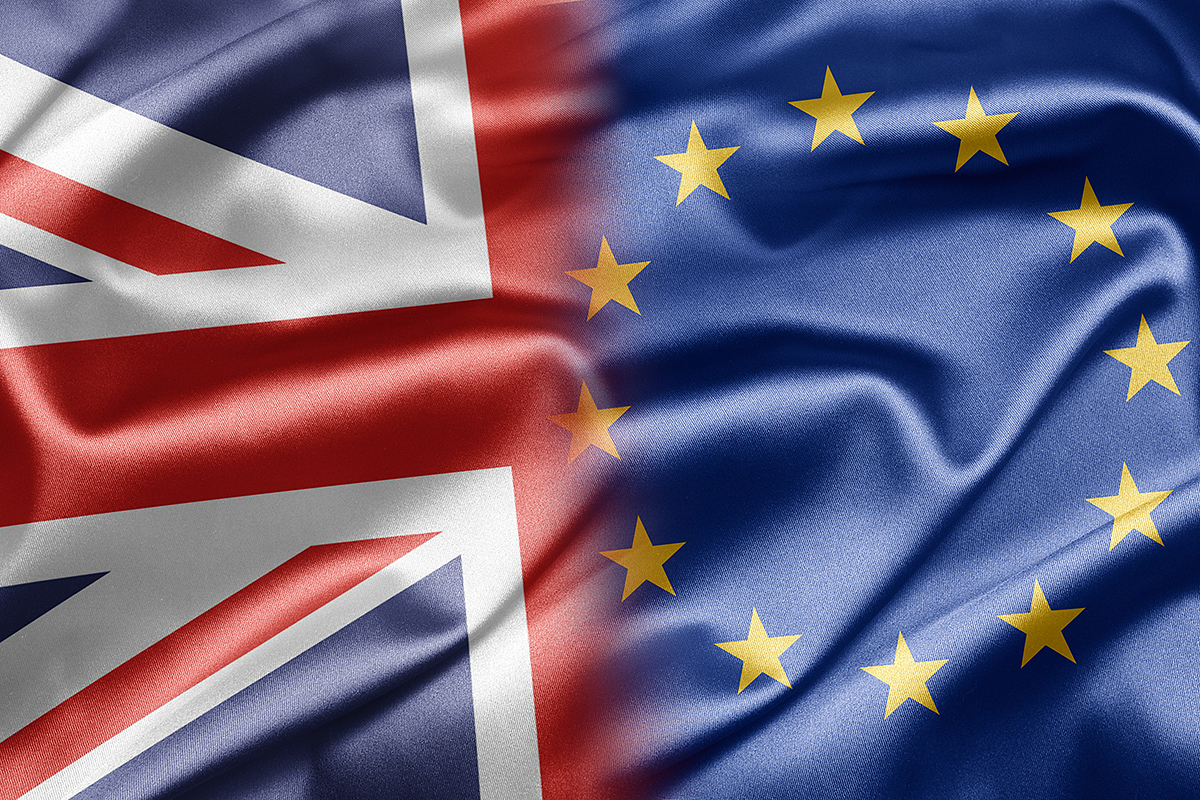4 February 2020
Brexit and wind energy: the current state of play

The United Kingdom has officially left the EU. It has now entered a ‘transition period’, during which the UK and the EU will negotiate the terms of their future relationship. The transition period will last until the end of 2020. During the transition period, the UK will no longer be represented in the EU’s decision-making bodies, but will remain bound by EU regulations and policies.
Free movement of goods, services, labour, and capital will continue for the time being, as the UK will remain in the Single Market and Customs Union. It will also remain in the Internal Energy Market for the duration of the transition period. But what happens beyond the transition period is unclear.
An EU-UK trade agreement would result in additional administrative (customs) requirements as early as 2021. As WindEurope we don’t anticipate new tariff barriers if a deal can be reached. However, even allowing for a starting point of convergence, 11 months is an extremely tight deadline for agreement.
In addition, the UK wind industry relies on European engineers to keep wind farms running. Brexit could make the free movement of such personnel much more difficult.
The UK remains the world’s largest offshore wind market. But the European Commission has taken a hard line on future UK participation in the North Seas Energy Forum. This could have a negative impact on the deployment of offshore wind in Europe – one of the touchstones of the energy transition.
WindEurope, in collaboration with RenewableUK, has drafted a more detailed briefing on Brexit and its potential impact on the European wind energy industry. We focus on trade (goods, trade defence measures, services), electricity (trade, interconnectors, compensation between transmission system operators), North Seas Energy Cooperation, and state aid.

